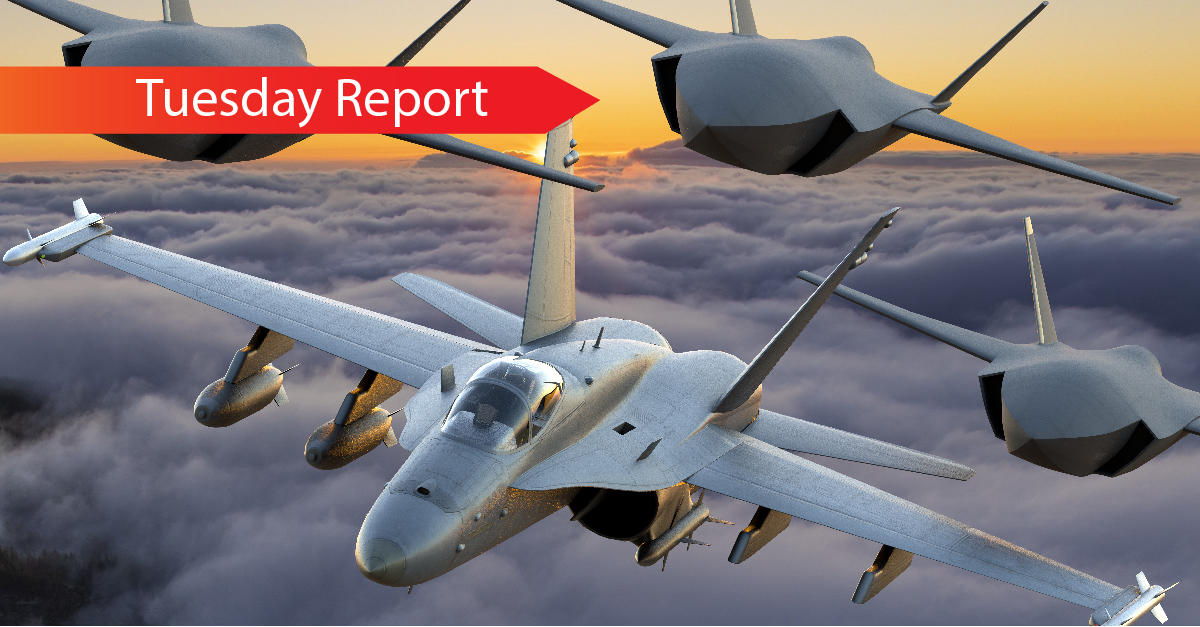Can you really change out an aircraft engine in midair? Probably not. But wait 20 years for the coming of advanced 3D printers. That will make it possible to print out failing airplane parts on the spot and replace them in flight.
Changing the engine of a plane in flight is frightening just to think about. But it’s a great metaphor for people like my friend, author/consultant Kirk Dando. He uses the metaphor to illustrate the difficult job of making significant changes to an organization while they’re fast-moving forward. It’s a perilous job but you have to do it to survive, grow and scale.
Organizations do in fact have the feel of an aircraft in flight. There is the lift of the air current at takeoff, the blast of the engines, and the tremendous acceleration and speed toward the destination.
It’s also a long way to fall.
Inside is the precious cargo of hundreds of passengers and crew members.
The differences between an aircraft and an organization are huge. If you’re the pilot of your organization, you can’t just say, “Mayday!” and take the organization down for an emergency landing. But you may well feel that the organization is losing speed, altitude, and direction, and sometimes you think you’re about to crash.
In many ways, you may feel you have to complete operations that are much more complicated than changing the engine out in midair.
So in piloting your organization, what are some of the things to keep in mind as you change out your engine in mid-flight??
- Use Your Skills as a Pilot. Pilots spend thousands of hours in training to acquire their skills and develop their expertise. When you face a crisis, before you create new methods and approaches, be sure you are squarely centered on the foundation of what you know. Don’t be talked out of the experience that you have gained to make things work.
- Believe the Instruments on Your Dashboard. Your dashboard is your instrument panel—your key metrics to success. Believe the metrics and what they’re telling you. More planes crash and passengers lose their lives because everyone in the pilot’s cabin just didn’t think the instruments could be right. The instruments said the plane was upright and on course, but it seemed to everyone that the plane was upside down. The same is true in organizations. People will tell you that just because the product isn’t selling doesn’t mean it’s losing ground—it’s just a fluke of the cycle. Sales are off, but there is no cause to worry. It’s just that time of the year. Take action based on what the numbers are telling you.
- Keep on Course—Until It Doesn’t Make Any Sense. If your numbers tell you that your organization is on course, stay the course. Change is disruptive and when there are numerous course changes, crew and passengers must know why. Otherwise, they lose focus on the destination. Yet I’m always amazed at the failing retail stores that never change their display windows, and restaurants lacking business that never change their menus. When it’s obvious that things don’t work, find a new destination.
- Fly High—Go far! When it’s obvious that you’re doing OK, but there are new horizons to be flown to, it’s time to find a way to change out the engine of the organization in midair. There is nothing more exciting, painful, and dangerous than building new muscle from stronger leadership and technology. That’s the only way to reach destinations that were unthinkable just yesterday.
Changing Your Organization’s Engine—Your People
The engine of an organization is truly its people. They are connected to every part of the organization and make it function or fail to function. It’s truly amazing how organizations like Sears could never change out that engine of their organization—their people. With their vast resources, they should have been able to have become the Amazon of the 21st Century. They brought in top consultants and Silicon Valley executives, but the once proud company that owned American hearts and pocketbooks could never change out the engine of their organization. They were spending a lot of energy trying to move forward, but getting nowhere. Ultimately, they crashed.
Your People are the Engine—Allow Them to Power Your Organization
Your people being the engine of your organization, it’s critical to understand how the engine connects one part of the plane to another and then to the whole aircraft. Absolutely everything in the aircraft connects to the engine and all the parts of the engine connect to each other. Does the engine of your organization align effectively enough for the wing flaps to deploy and the landing gear to come down? It’s as essential for that connection to be flawless when we’re talking about people in an organization as engines in a plane.






